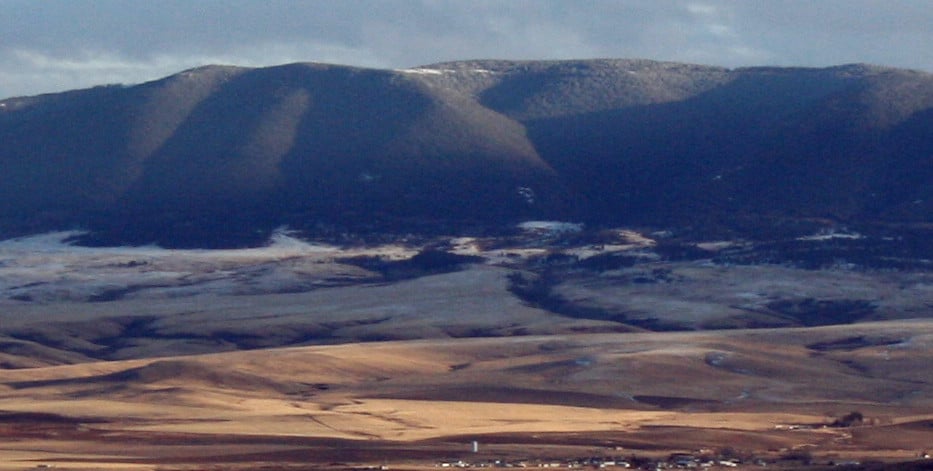Montana is at present not much of a solar market. The Big Sky State has about 25MW installed, only a couple in 2016, according to the Solar Energy Industries Association (SEIA). That compromises a minuscule 0.04% of the state’s electricity generation. SEIA thinks Montana could step up with over 250 MW over the next five years.
That’s not likely to happen with the regulatory kneecapping of a proposed 80 MW project near Billings. The project is the creation of MTSUN, LLC, a subsidiary of Energy of Utah, LLC, which reports to have worked or be working on 5 western state projects totaling 355 MW, and is a partner of Hannah Q Cells. In a Montana Public Service Commission (PSC) request, MTSUN asked a 25 year agreement for the solar production at the avoided cost rate of $60 per megawatt-hour (MWh), broken down into an energy cost of $27.33, a carbon cost of $9.29, capacity of $25.36 with a subtracted integration cost of $1.84. This amount was below the $66/MWh for “qualifying facilities” set under the Public Utilities Regulatory Policies Act of 1978 (PURPA).
The host utility, Northwestern Energy, offered $43.50, which was rejected. The MPSC weighed in with an even more drastic offer of $20/MWh, and reduced the agreement to ten years, originally wanting five years with an open option to renew for another 5 years. This placed the large project in essentially the same bowl that impacted 100kW to 3 MW projects in a parallel decision reported earlier. This proposal was a non-starter, and is in an appeal process.
What happened? How did a $100-110 million project that offered solar at a reasonable price and, according to the Billings Gazette, over a million dollars in property taxes, hundreds of construction jobs, lease payments to public land, as well as clean electricity to over 14,000 homes?
It appears that the project has run into a buzz saw of political and philosophical sea changes. The PSC Vice Chair, Travis Kavulla, has been an ardent proponent for change in how electricity is procured, whether from renewable or nonrenewable sources, monopoly utility or independently owned, PURPA or non-PURPA. Another Commissioner, in a letter to a Montana paper, cited the need to fight “America’s love affair with Big Government”. Additionally, the Montana Consumer Counsel felt the project would trap consumers unnecessarily for a long time in high utility rates.
The Montana Legislature Energy and Telecommunications Interim Committee has scheduled a hearing on July 31 over concerns that the PSC overstepped its bounds in setting terms in a manner sharply divergent from precedent. The PSC reduction is being fought through the Federal Energy Regulatory Commission but, with the change in administration, it’s unclear how helpful that will be.
This content is protected by copyright and may not be reused. If you want to cooperate with us and would like to reuse some of our content, please contact: editors@pv-magazine.com.








By submitting this form you agree to pv magazine using your data for the purposes of publishing your comment.
Your personal data will only be disclosed or otherwise transmitted to third parties for the purposes of spam filtering or if this is necessary for technical maintenance of the website. Any other transfer to third parties will not take place unless this is justified on the basis of applicable data protection regulations or if pv magazine is legally obliged to do so.
You may revoke this consent at any time with effect for the future, in which case your personal data will be deleted immediately. Otherwise, your data will be deleted if pv magazine has processed your request or the purpose of data storage is fulfilled.
Further information on data privacy can be found in our Data Protection Policy.